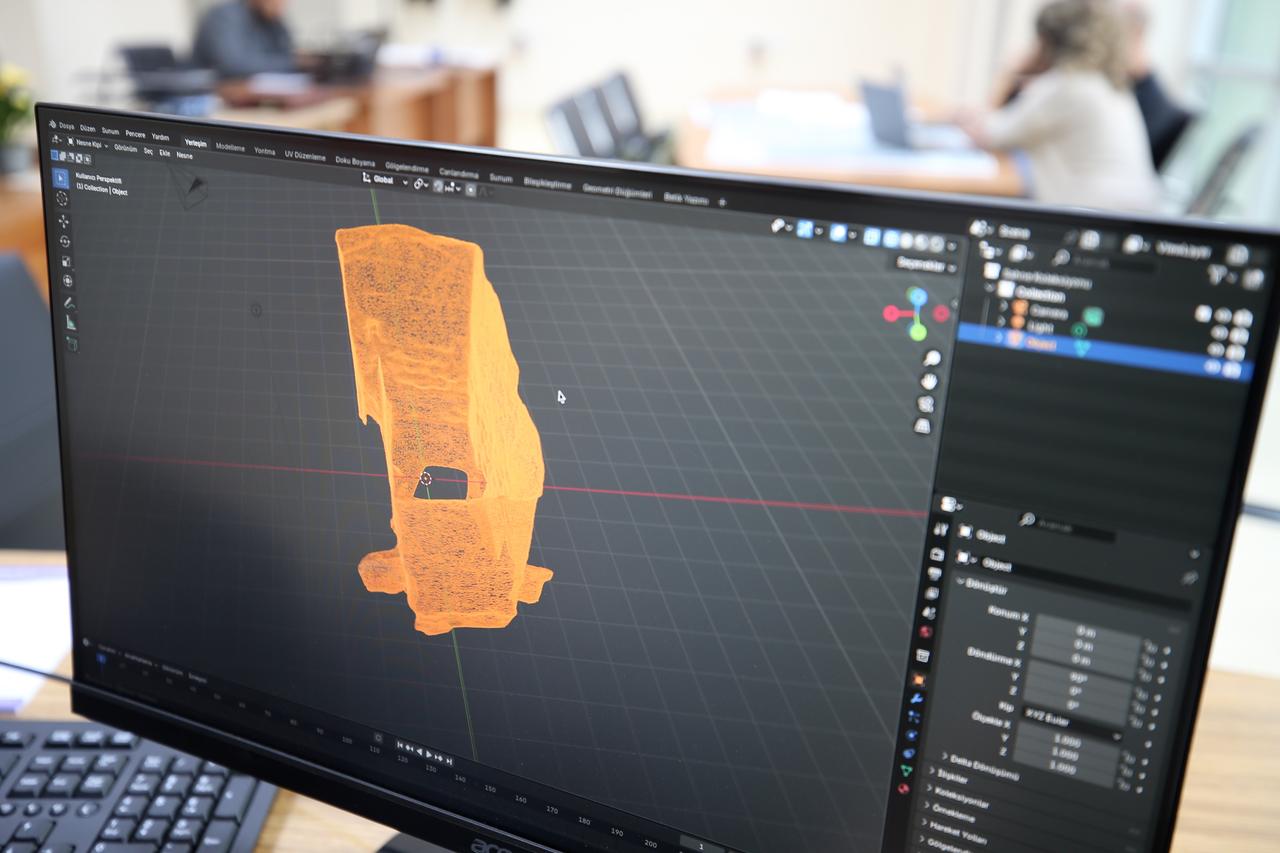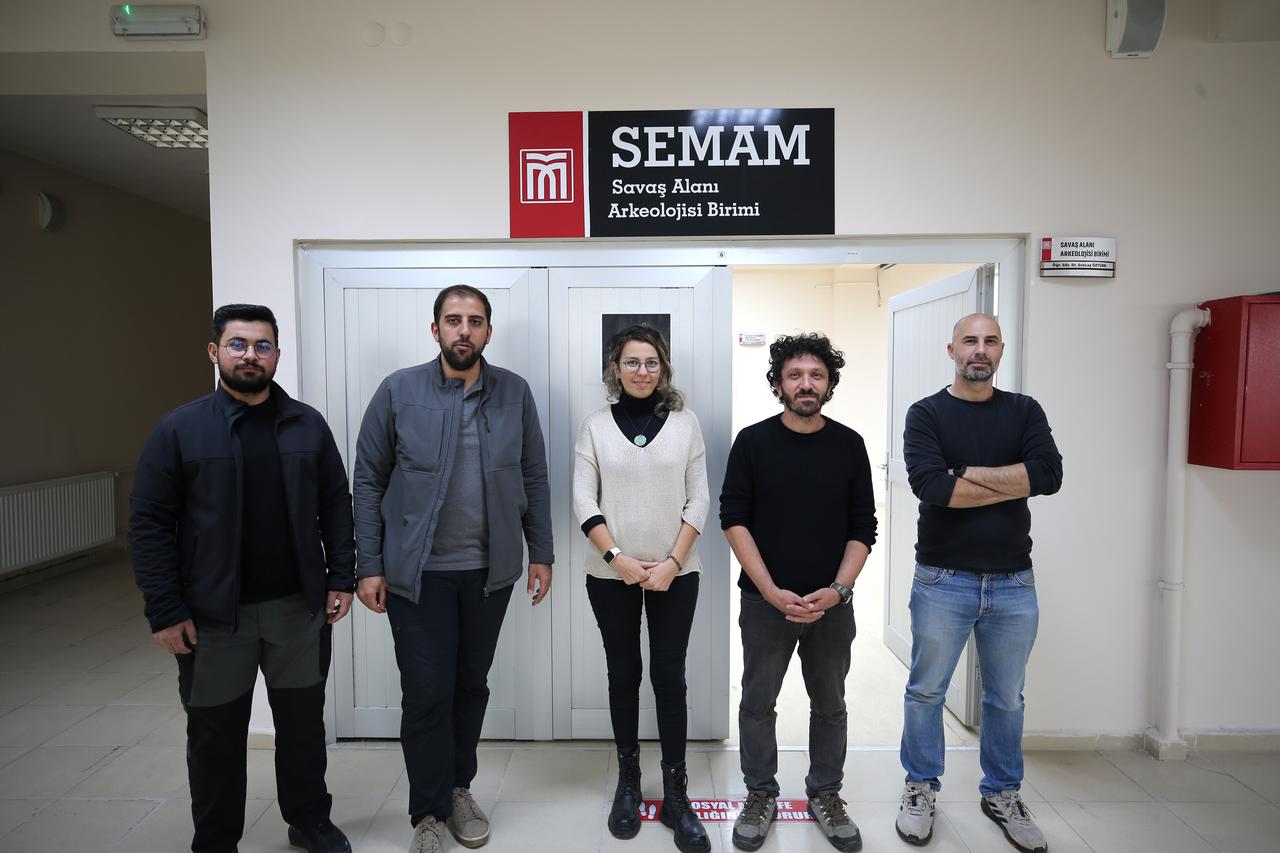
Archaeologists in eastern Türkiye are using cutting-edge 3D technology to digitally resurrect the artifacts unearthed at the site of the legendary Battle of Manzikert—a turning point that reshaped the course of Anatolian and world history nearly a thousand years ago.
The initiative, launched by Mus Alparslan University with support from Türkiye’s Ministry of Culture and Tourism and the Ahlat Museum Directorate, aims to transfer every object uncovered in the Malazgirt excavations into a digital archive accessible to researchers worldwide.
Since 2020, two major projects—“The Battle of Manzikert Archaeological Survey” and “Historic Malazgirt City Excavations”—have revealed a wealth of artifacts ranging from ancient weaponry to Seljuk-era tombstones, all now being meticulously scanned and modeled in 3D.

At the Seljuk and Manzikert Research Center within Mus Alparslan University, specialists of the newly established Battlefield Archaeology Unit have embarked on an ambitious digitization process.
Every artifact is photographed, measured, drawn, and then laser-scanned to create detailed 3D models.
So far, the team has completed digital uploads for around 100 objects—a process that transforms fragile battlefield remnants into high-resolution, interactive reconstructions.
Once uploaded to the project’s cloud platform, scholars across the globe will be able to study these artifacts virtually, without the risk of damaging the originals.
Professor Mustafa Alican, the university’s rector, described the project as a “multi-layered and long-term scientific effort” that transcends the boundaries of a single historical period.
“These findings are invaluable not only for their historical significance but also for their exhibition potential,” Alican told Anadolu Agency (AA).
“Our teams are creating 3D models of the artifacts found during excavations. The aim is to present them to the global scientific community through digital platforms.”

The discoveries at Malazgirt cover an extraordinary time span—from the Bronze Age, around 3,000 B.C., to the late Ottoman period. Among the most striking finds are arrow and spearheads believed to be remnants of the 1071 battle, as well as intricately carved gravestones revealing clues about Seljuk burial traditions.
Ahmet Oguzhan Karacetin, head of the Historic Malazgirt City Excavations, said the team’s digital methodology marks a milestone for Turkish archaeology.
“Each find is drawn, photographed, and then converted into a three-dimensional model,” he explained. “About a hundred artifacts have already been uploaded to the cloud. This will allow experts from anywhere in the world to examine them. It’s an exciting step toward building the science of the future.”

The digitization of Malazgirt’s archaeological record represents more than technological progress—it symbolizes a new approach to cultural preservation.
For centuries, the story of the Battle of Manzikert, where the Seljuk Sultan Alp Arslan defeated the Byzantine army in 1071, has shaped Turkish identity.
Today, that same battlefield is being reimagined not through legend, but through data—in laser-scanned precision.
By preserving artifacts in digital form, the project safeguards fragile material heritage against time, conflict, and climate threats, while opening new doors for immersive education, VR reconstructions, and global collaboration.
As Professor Alican put it, “What began as a local excavation is now evolving into an international digital heritage archive. The future of archaeology will be as much about pixels as it is about soil.”